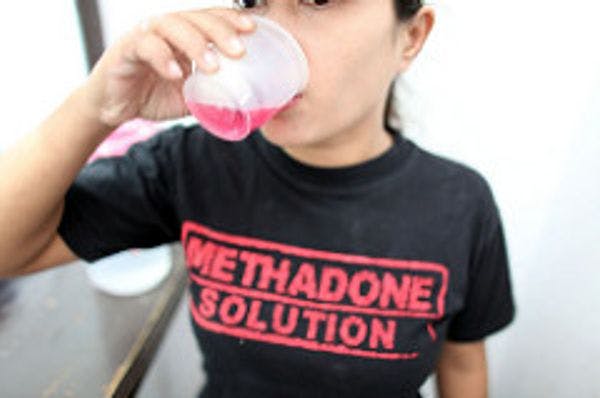Flickr CC Department of Foreign Affairs and Trade
A decade of drug policies: where does the world go from here?
By Bangyuan Wang
Next year, it will be time to take stock of where the world stands on drug control, a decade after the 2009 Political Declaration and Plan of Action on illicit drugs was made. At the UN Commission on Narcotic Drugs (CND) ‘Ministerial Segment’ meeting, countries will come together to assess the past ten years and shape the next decade of targets.
The impact of these discussions on the lives of people most affected by HIV should not be underestimated. With people who inject drugs 28 times more at risk of HIV than the general global population – a risk that arises from sharing needles and injection equipment but is reinforced through criminalisation, marginalisation and poverty – there is much at stake.
Along with the International Drug Policy Consortium (IDPC), Alliance Linking Organisations and partners involved in our PITCH programme are now working to bring four key advocacy asks to the attention of the officials who will attend the CND meeting. So what is it, exactly, that we are asking for?
Since the 2009 Declaration much has happened. In 2016, the UN General Assembly Special Session on Drugs (UNGASS) led to a set of commitments that moved away from punishing drug use to focus on protecting the health and human rights of people who use drugs. The UNGASS 2016 outcome document containing these commitments is very progressive. Although it doesn’t specifically use the phrase ‘harm reduction’, it contains a comprehensive list of harm reduction interventions, such as needle and syringe exchanges, education on safe injecting practices, and opioid substitution therapy.
